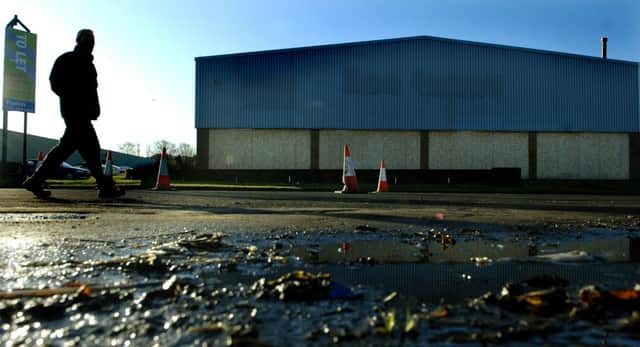Ken McCormack: Industry hit by rates relief changes for empty sheds and warehouses


The changes to rates relief for unoccupied properties which came into force on 1 April 2016 is causing particular concern to the industrial sector which has a significant number of empty warehouses and sheds. For landlords with properties which have been lying empty in excess of the six months prior to 1 April, they will now only be getting 10 per cent relief on their rates bills. So a property owner who would incur a rates bill of £100,000 if it was occupied will now be paying £90,000 a year on an empty property rather than getting full rates relief.
This means many owners are now looking at ways to avoid paying these rates, and there are several options available. The only guaranteed way of not paying rates is to knock a building down, particularly if it is poor stock with no market potential.
Advertisement
Hide AdAdvertisement
Hide AdAnother option is to look at intermittent occupation. Under current rating legislation, buildings only need to be occupied for six weeks to incur full payment of rates, so although it may be a hassle, a way around the system would be to vacate the property after the six-week period of occupation to get the six month rate-free period and then reoccupy for six weeks and pay full rates, then vacate it for six months to obtain full relief and so on. Many companies have been set up to promote this option.
Some landlords are looking to lease to charities, as occupiers of this nature are entitled to 80 per cent rates relief. Others look to secure agricultural uses for their warehouses to get 100 per cent rates relief. However, these options may need to be tested with the councils or the courts.
On a more positive note, this is an opportunity to get rid of poor quality industrial stock and in the short term rents are likely to fall as landlords want to attract tenants to avoid paying a hefty rates bill. However, in the long term it’s likely that due to the lack of speculative development there will be a shortage of industrial space which will force rents up.
• Ken McCormack is Senior Director and Head of Business Rates in Scotland, Bilfinger GVA